MI RACCOMANDO NON TOCCATE LE FRECCE E NON FATE NULLA, LA PRESENTAZIONE ANDRÀ AVANTI PER TUTTI IN AUTOMATICO,
QUESTE DUE SLIDE DI PROVA SERVONO PER CAPIRE SE FUNZIONA A TUTTI.
SE QUANDO DICO "VEDETE LA SLIDE ROSSA?" CONTINUATE A VEDERE QUESTA, PER FAVORE ACCENDETE IL MICROFONO E
DITELO


0.1


LA PRESENTAZIONE DOVREBBE AVER CAMBIATO IN AUTOMATICO. ORA SIETE GENTILMENTE PREGATI DI SPEGNERE IL MICROFONO E ANCHE LA VIDEOCHIAMERA.
SU MEET LA BANDA NON È LARGHISSIMA
E QUINDI PER FARE IN MODO CHE QUESTA PRESENTAZIONE ASSOMIGLIASSE IL PIÙ POSSIBILE AD UNA FATTA IN CLASSE ABBIAMO ADOTTATO QUESTO SISTEMA PER EVITARE CHE LE SLIDES RISULTASSERO SGRANATE COME SU MEET, E PER PERMETTERE A TUTTI
DI SENTIRE BENE.
-LA REDAZIONE
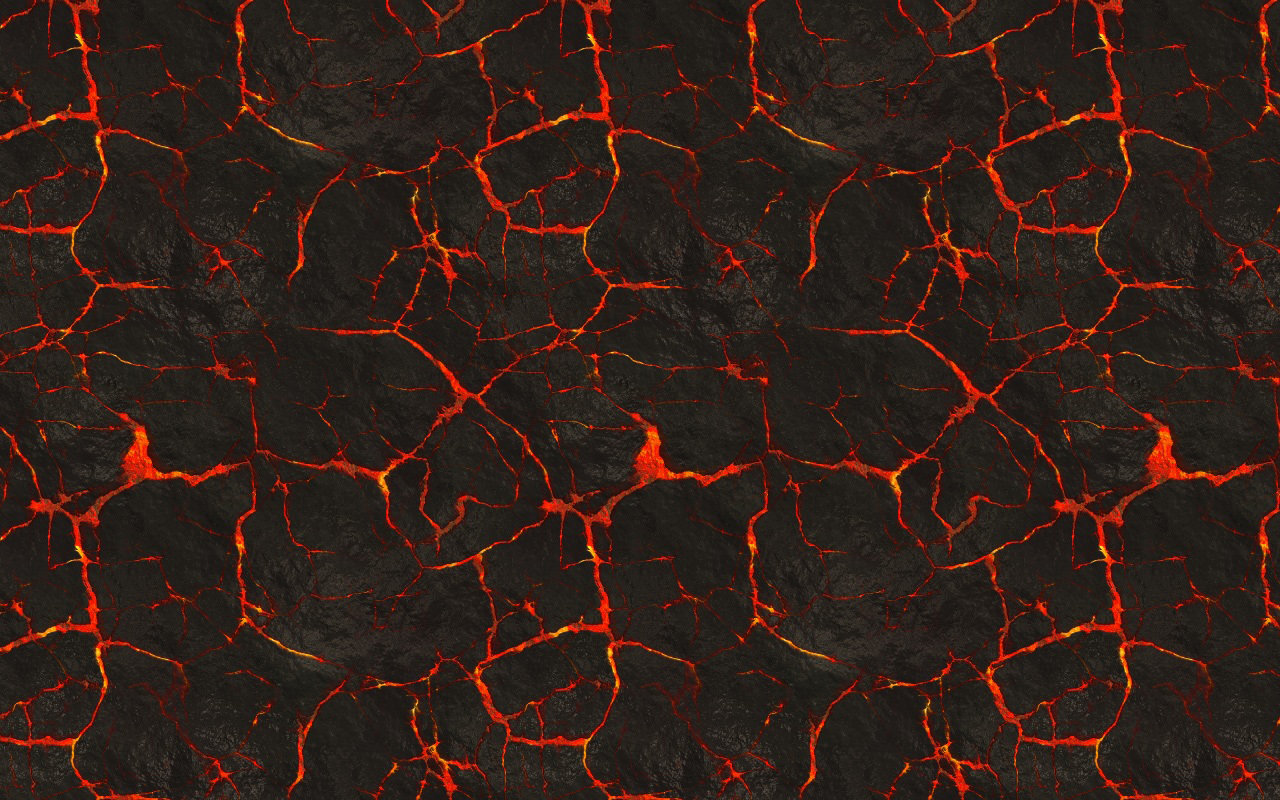

0.2


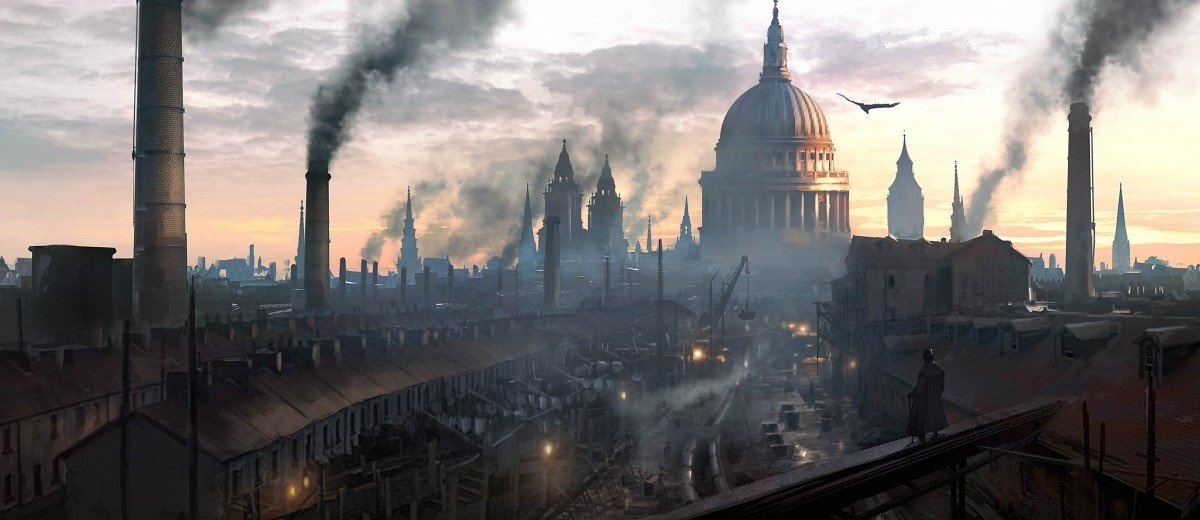



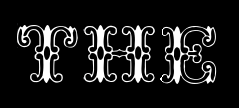



ANDREA GIGNI
MARTINO GIANNONE
ANDREA PARODI
LORENZO NUNZIANTE
I
- The late Victorian Age is set from 1870 to 1901
- This period is characterized by a decay of the traditional Victorian values and a general sense of crisis and disillusion
- The scientific discoveries shown at the Great Exhibition in 1851 stopped
- Apex of imperialism


II
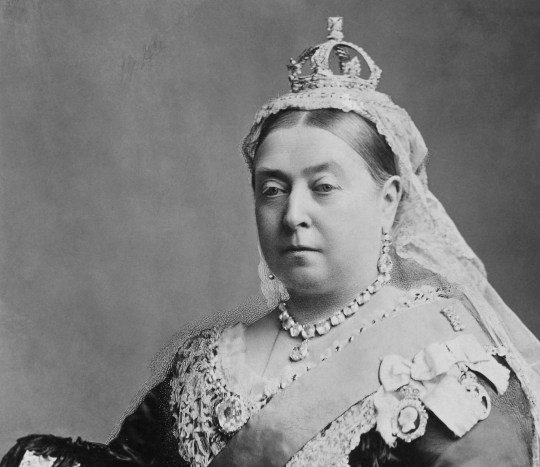
- 1861: Death of Prince Albert
- Queen Victoria is still the leading figure
- Regroupement of the political parties
Whig Liberals Leader: William Gladstone
Tories Conservatives Leader: Benjamin Disraeli
They win the political elections
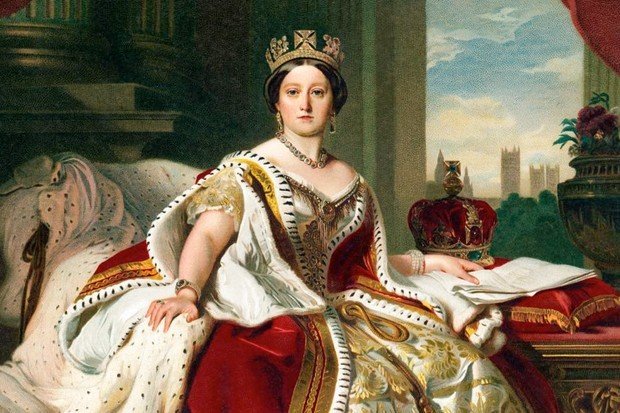

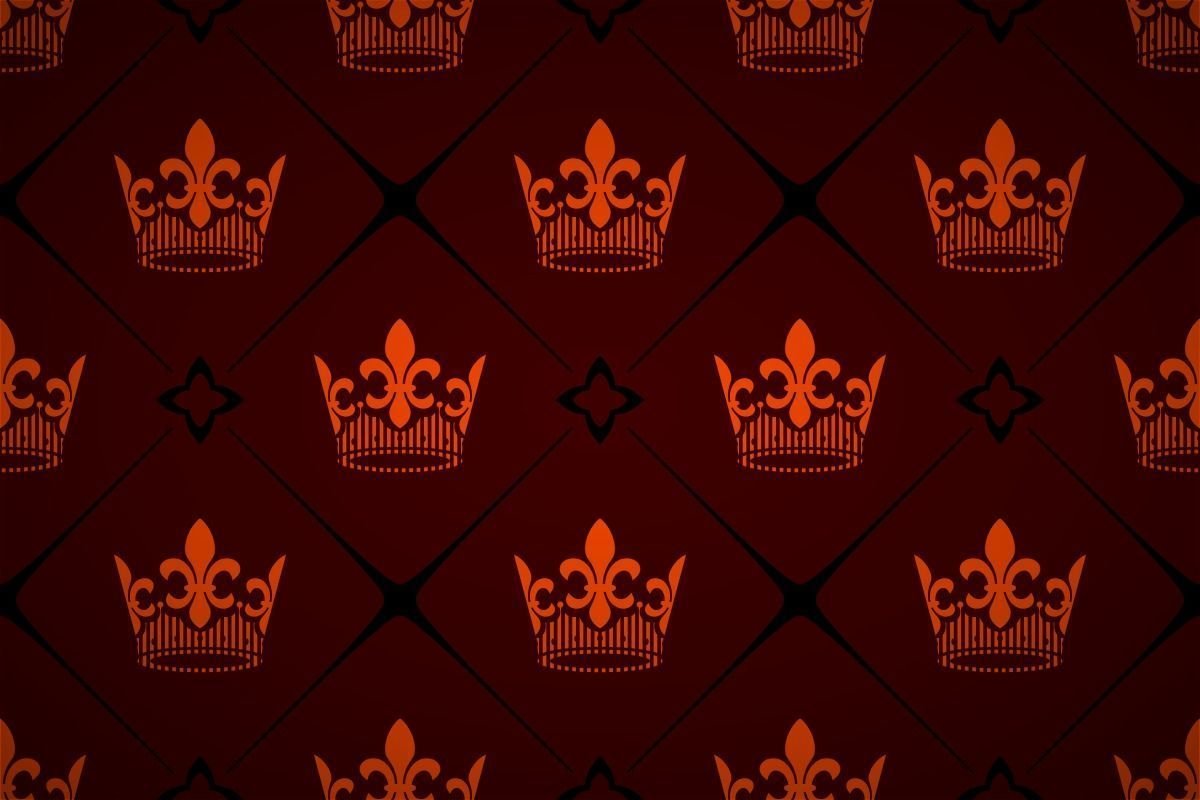
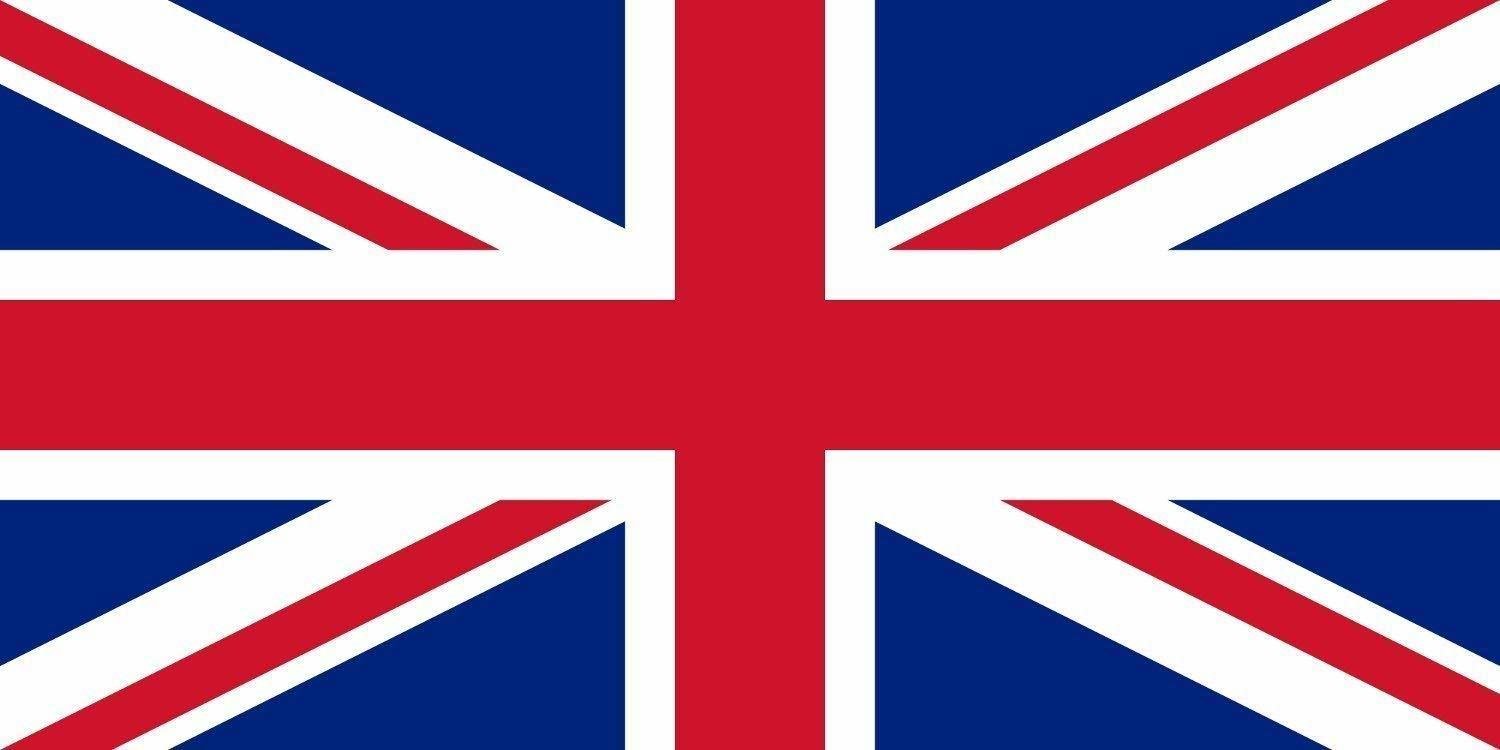
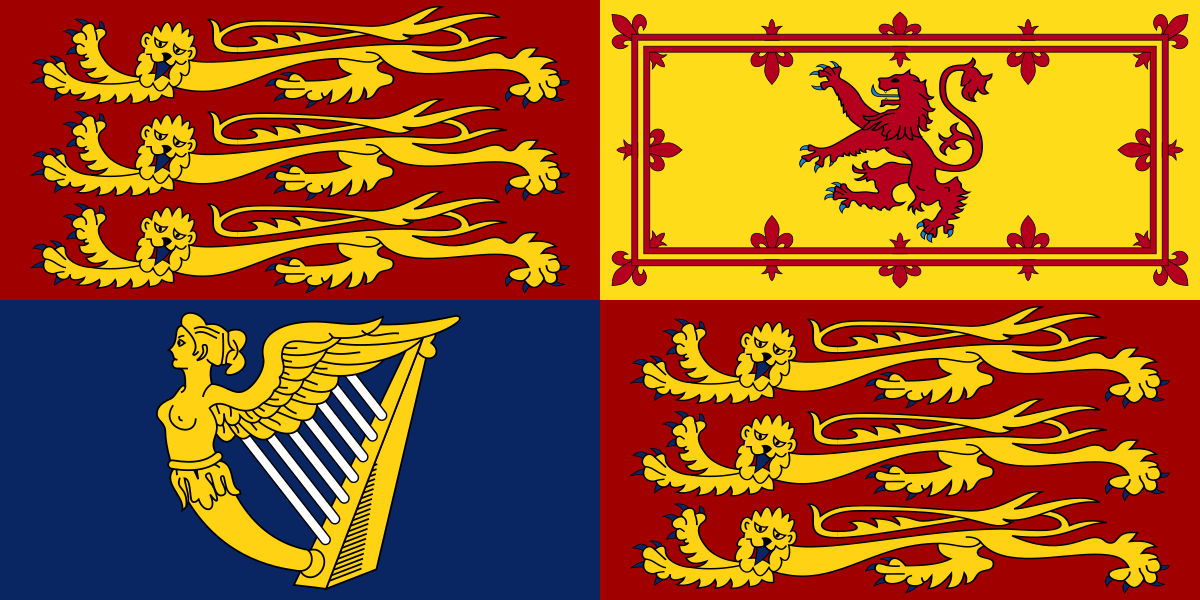
























III
+
=
Britain was a constitutional monarchy
because
the power of the Monarch was greatly restricted by Parliament
so
this system became one of the most democratic in Europe during the 19th century
The politics of the country was dominated by Conservatives
Liberals


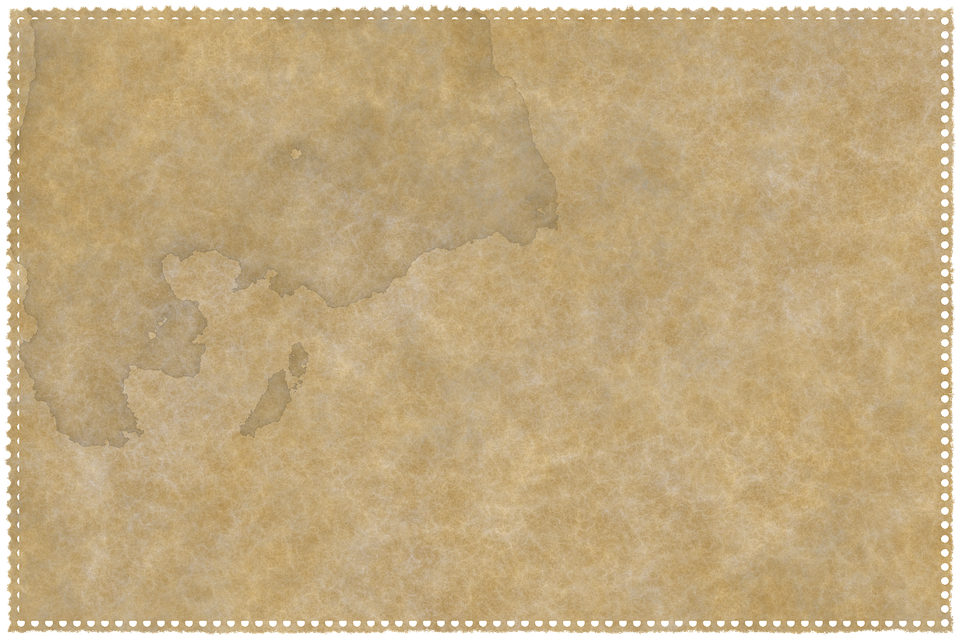
IV
By 1870, Britain was the most industrialised and the most powerful country
It possessed the world's largest empire one-sixth of the Earth's land surface
which includes:
- India
- South Africa
- Canada
- Australia
- Malaya (now Malaysia)
- Egypt
- Nigeria
- Rhodesia (now Zimbabwe)
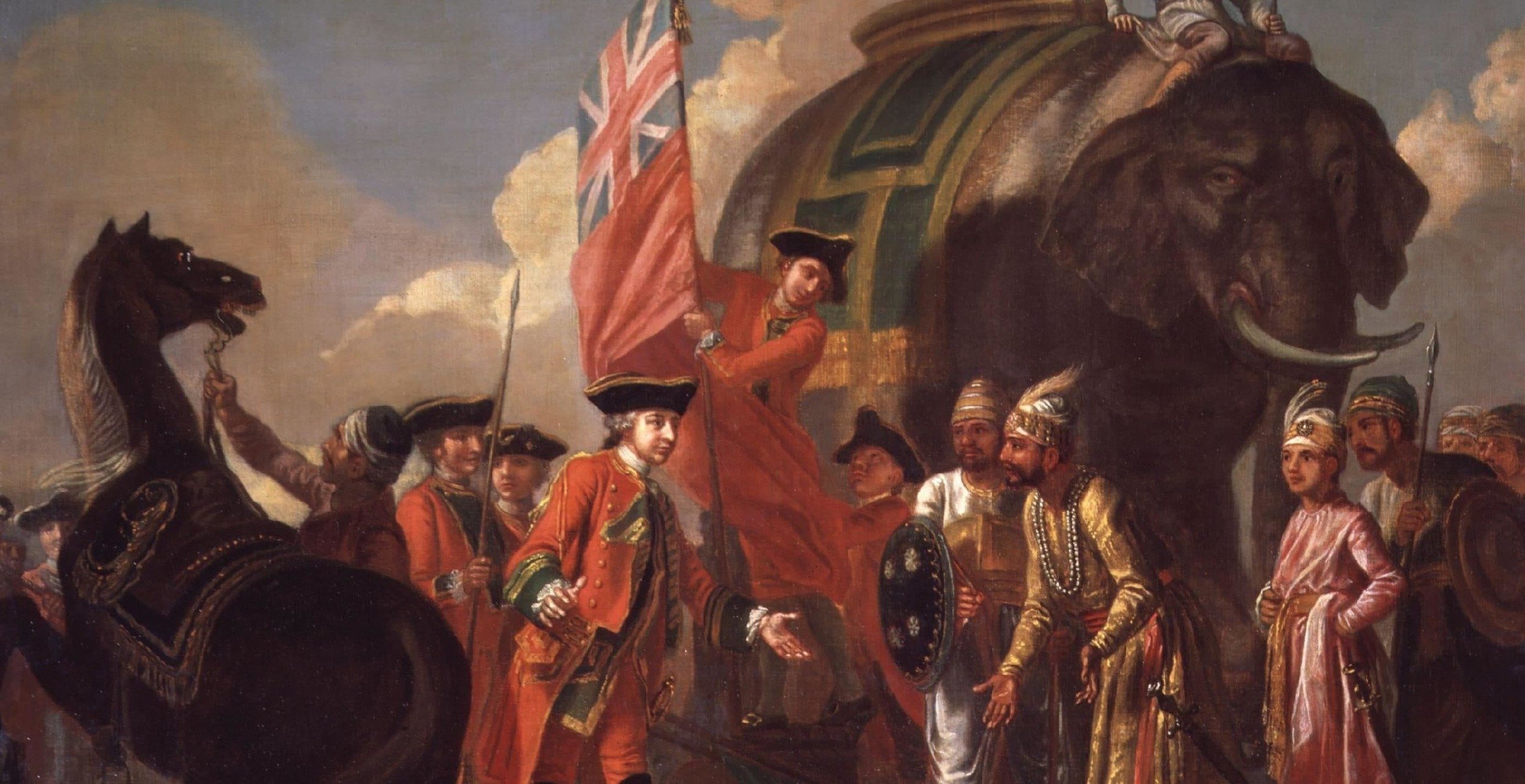
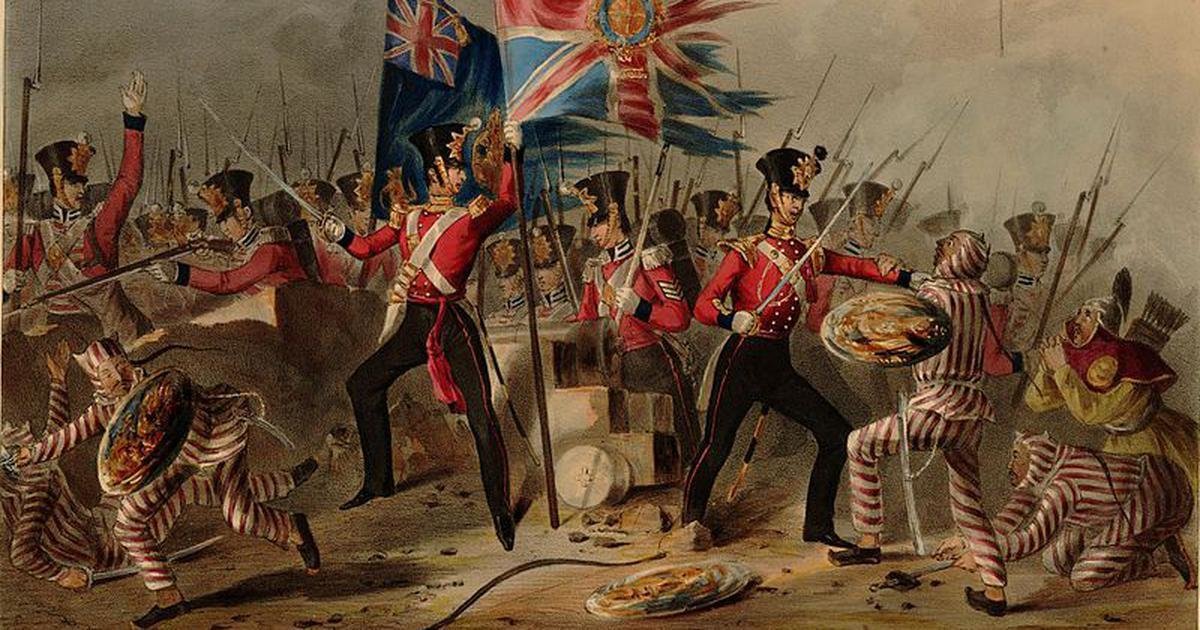



V

VI





IRELAND: many protestant and catholic wanted self-government
Home Rule - Gladstone tried to pass it 3 times at Parliament
AFRICA: explorers and adventurers (e.g. Dr Livingstone and Cecil Rhodes) helped the discovery of new lands and the extension of the British Empire
1877 : Queen Victoria was declared Empress of India

VII
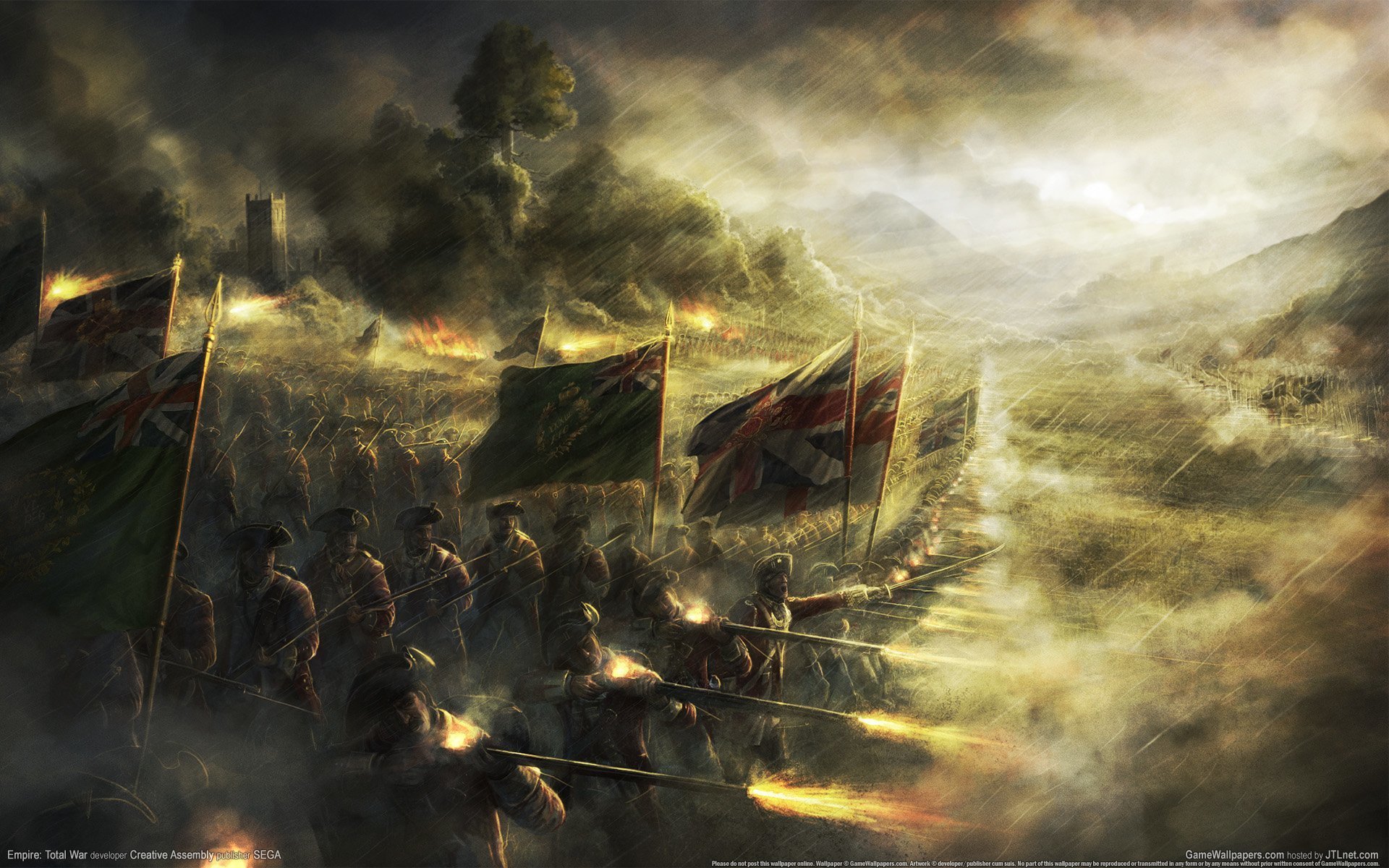
SOUTH AFRICA:
Britain VS Holland (the Boers) TWO "BOER WARS"
Opposition between the British Empire and two indipendent Boer republics
the Orange Free State the Transvaal Republic
Britain won both wars
VIII

1899-1902: Second Boer War commonly referred as the "Boer War"
Victory of the British Empire
The Boer republics turned into British colonies
Union of South Africa
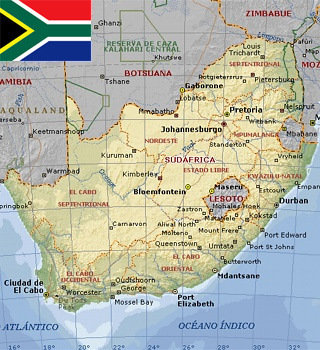
IX
X


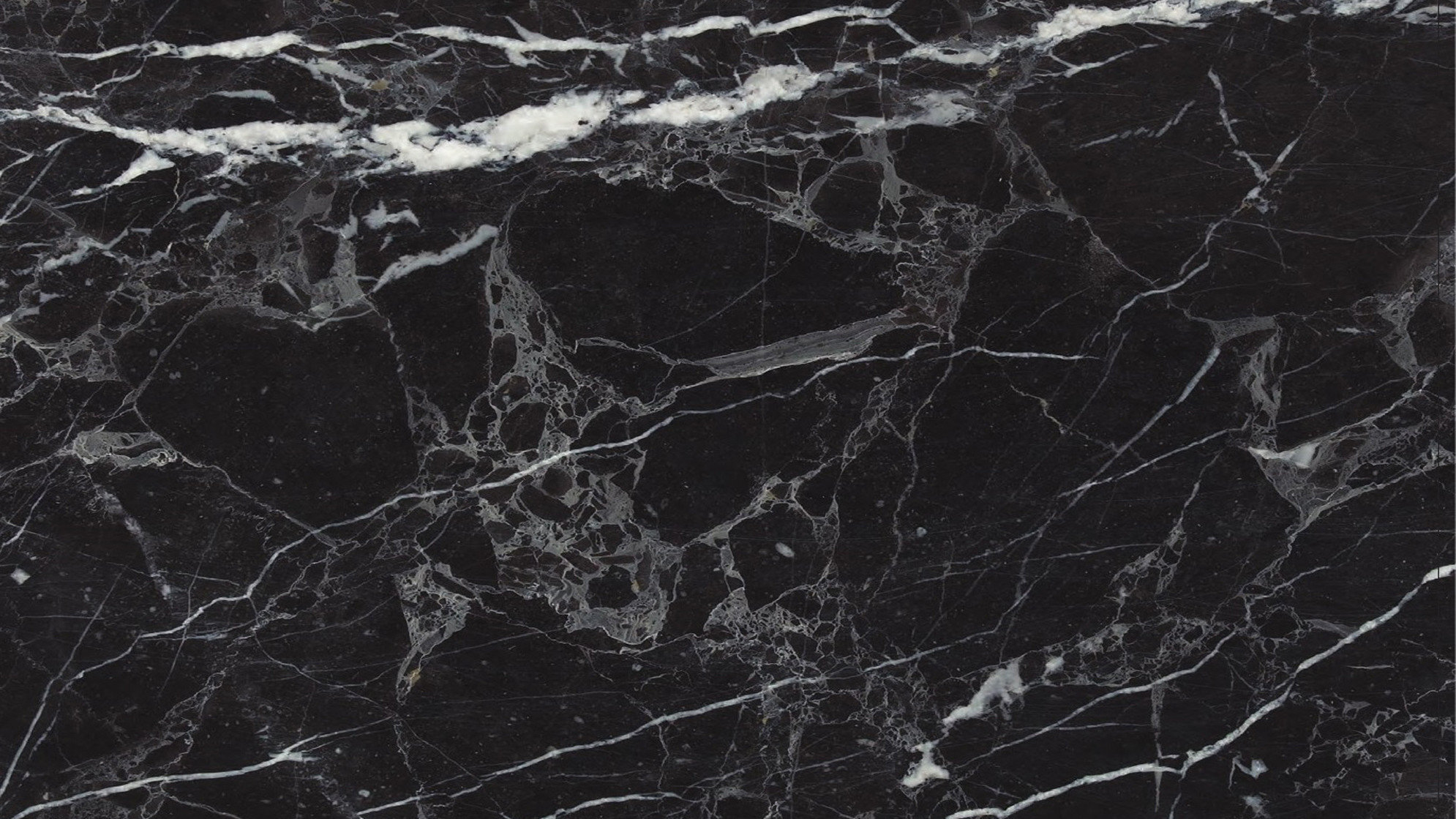
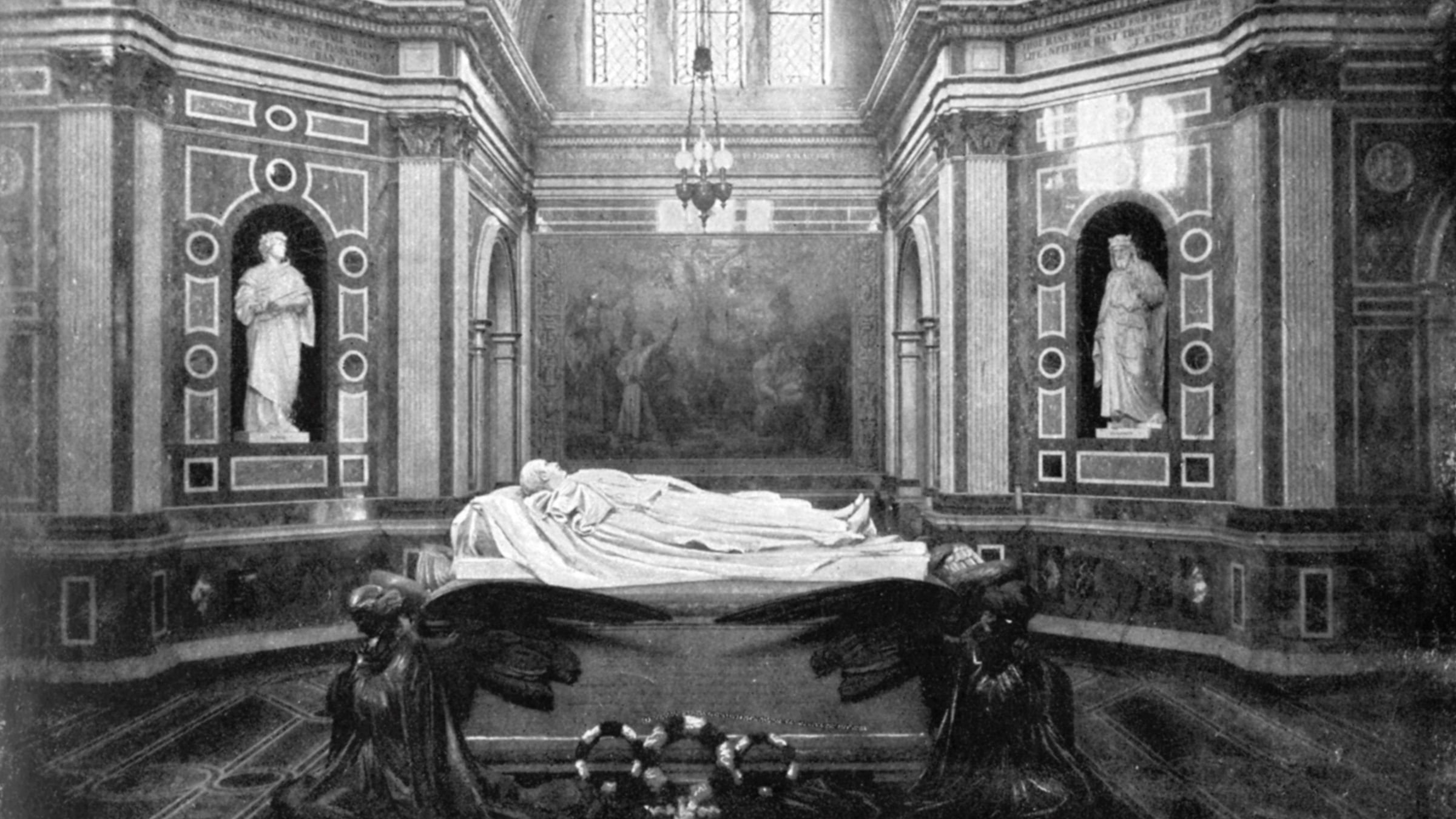
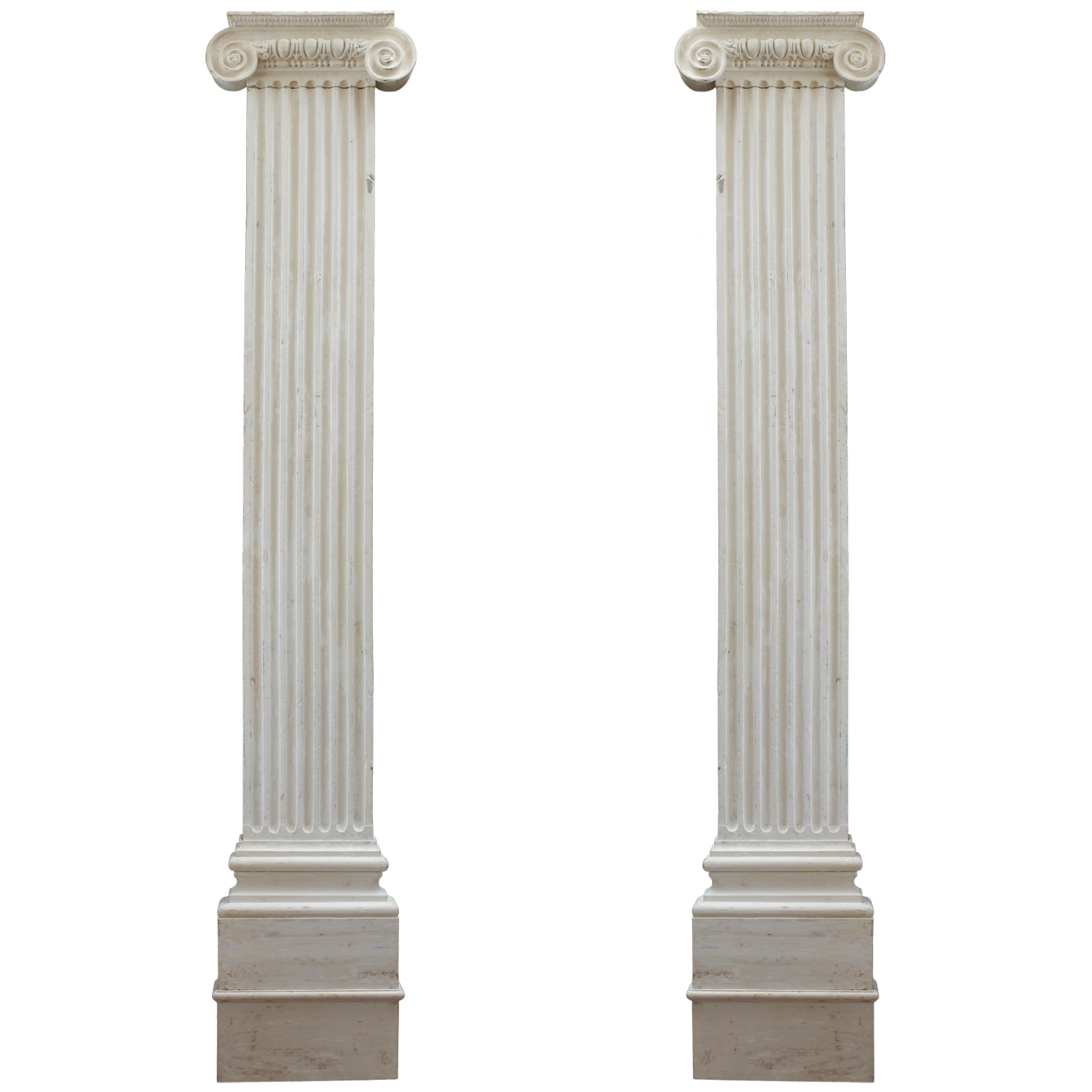






Industrial
Revolution
more people
in the cities
problems linked to education, housing and health care
SO
4 types of reforms
-
Parliamentary reform
-
Workers Rights
-
Education
-
Social Welfare
XI
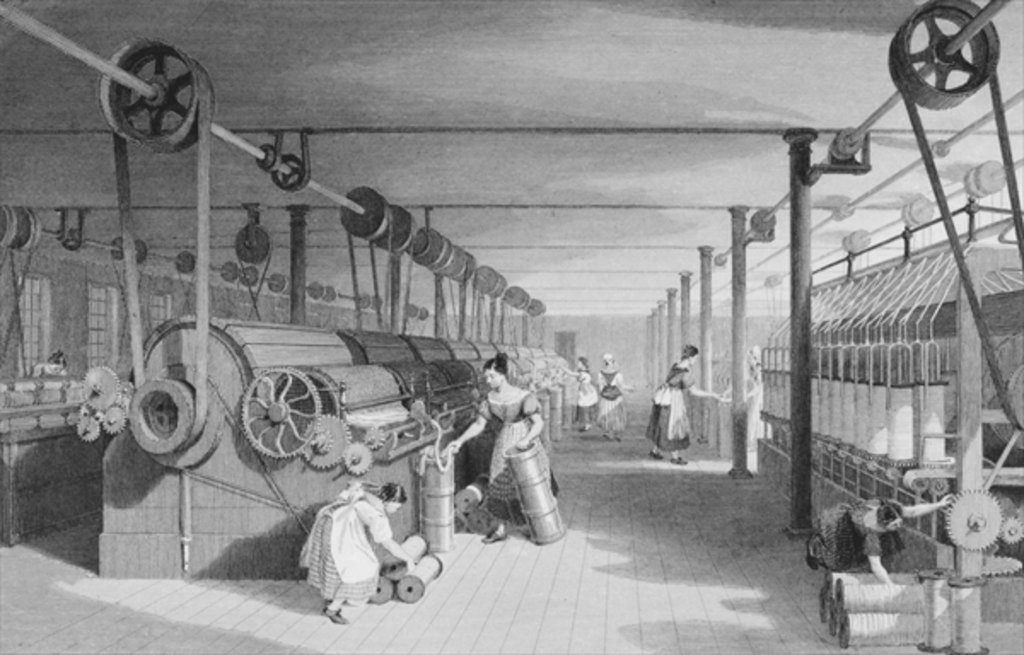


Parliamentary reform
-two reforms acts (1832 and 1867)
-1870: Education Act
-1871: Trade Union Act
-1875: Public Health Act
-1875:Artisans’ Dwelling Act
-1884: Third Reform act

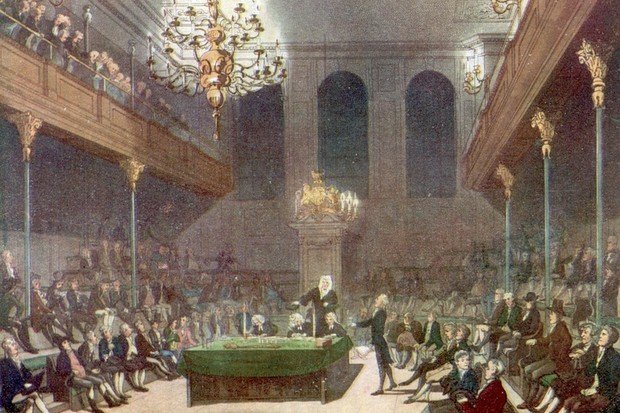
XII
-
mechanisation of agriculture, improvement in manifactures and sanitation BUT health still an issue
-
private retail boom: public innovation
-
competition of USA and Germany: need to educate people so Education Act
doubts and disillusion about the Victorian age
impossibility of Free Trade = less economic power




XIII


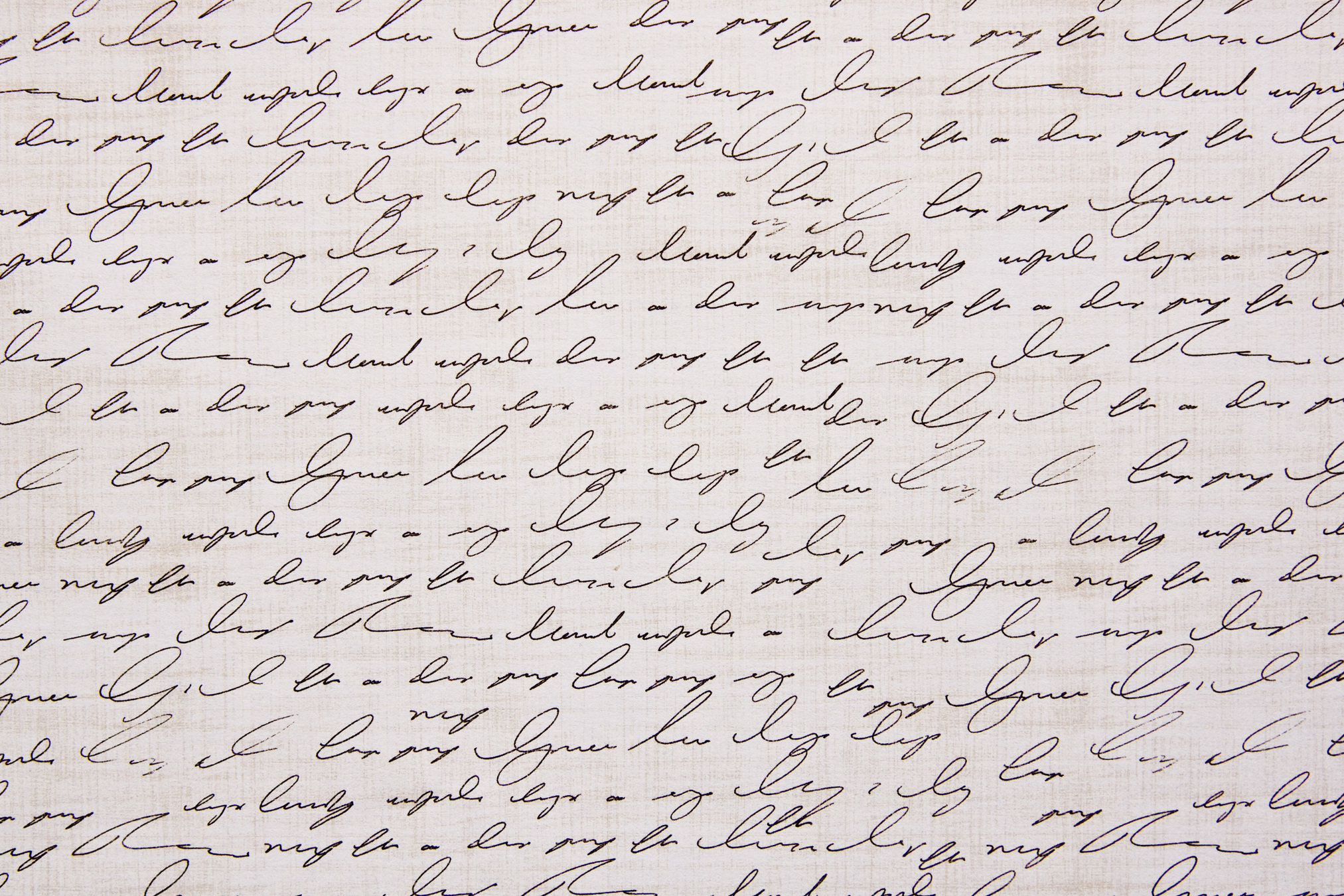

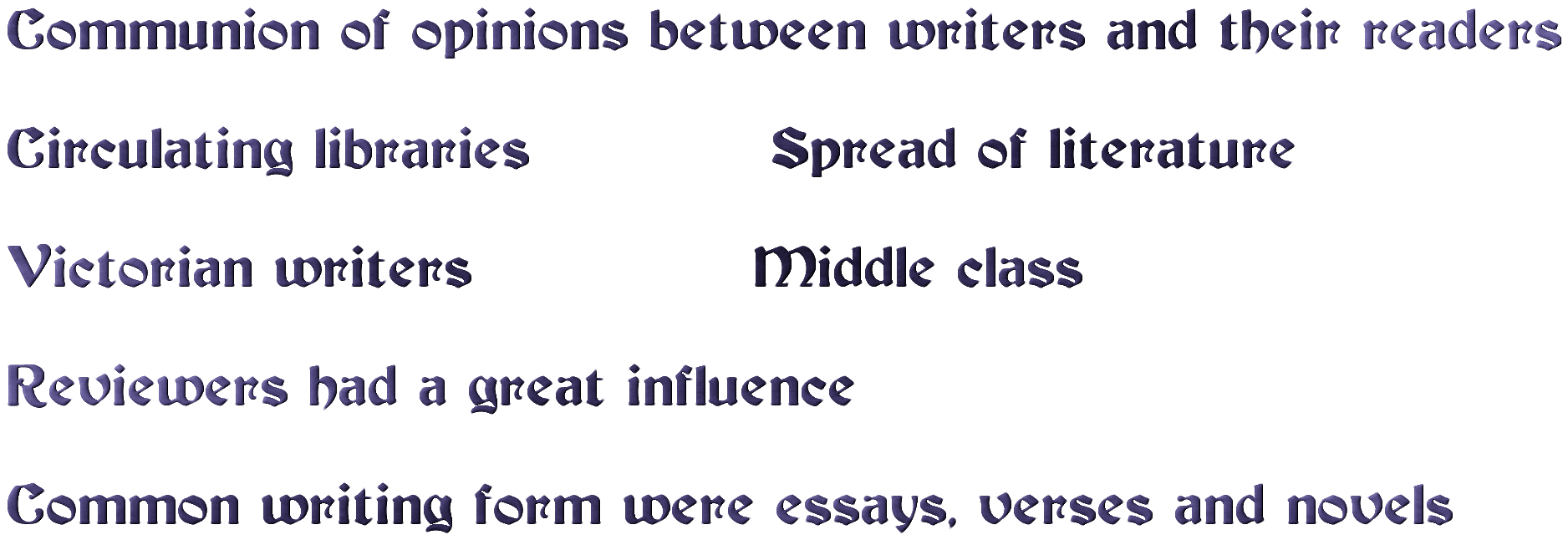
XIV
- Novels had quite the same episodic structure
- Research of Thematic unity brought in by Jane Austen
- Omniscient Narrator
- Literature Vehicle to correct vices and weaknesses
- Setting: most of the time as the city
- Realistic Scientific knowledge
- Humanitarian Democtracy
- Critical Spirit of moral unrest

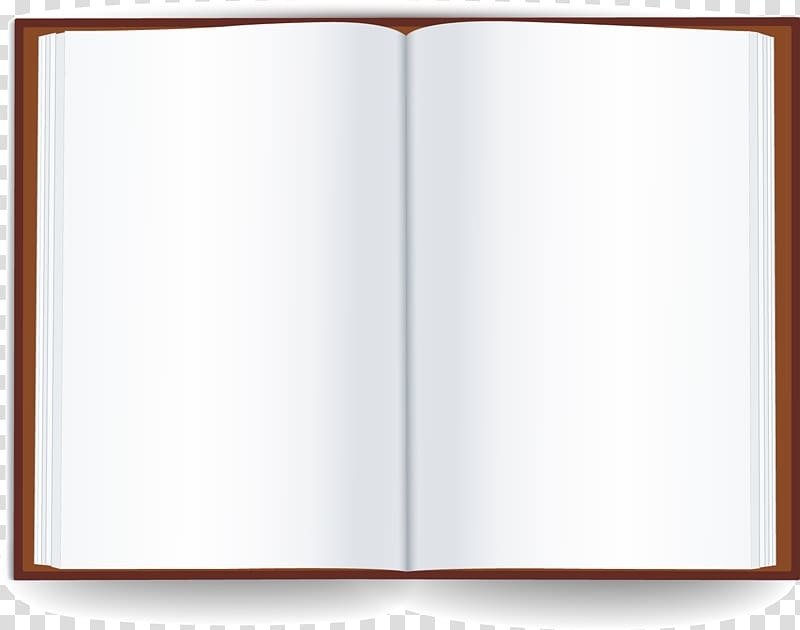
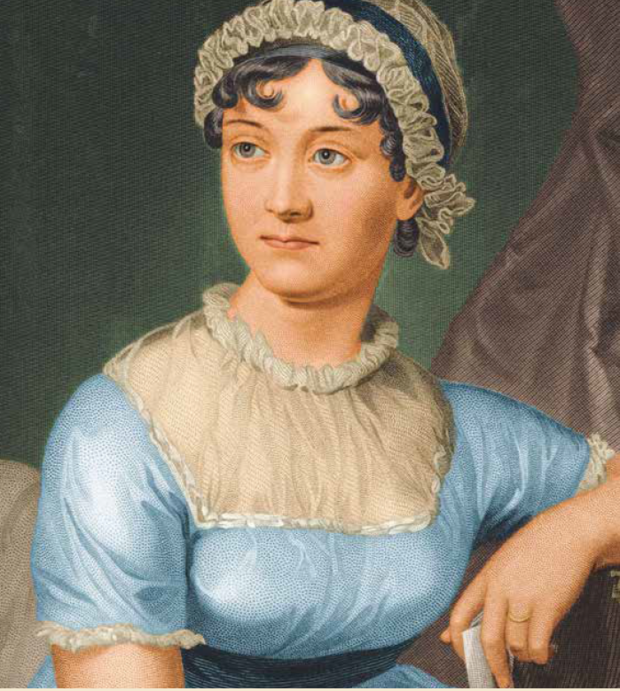

XV

Dealt with economic and social problems
A Master of the genre was William Thackeray
Dealt directly with the turmoil of the 1830s and 1840s
Remarkable for this gerne were Elizabeth Gaskell's novels
The master was Charles Dickens. It combined humor with a sentimental plea for reform in favor of the less fortunate. Can be divided in:
Realistic
Fantastic
Moral
XVI




Popular with Charlotte Brontë and Charles Dickens.
Dealt with a character's development from young age to maturity.
George Eliot complexity of human beings
Thomas Hardy characters described by their native local but "far" from it.
Alice's Adventures in Wonderland by Lewis Carroll
Book of nonsense by Edward Lear
Nosensical Universe, Social rules disintegrate
XVII




Illogical aspects of life
Double nature of Victorian society
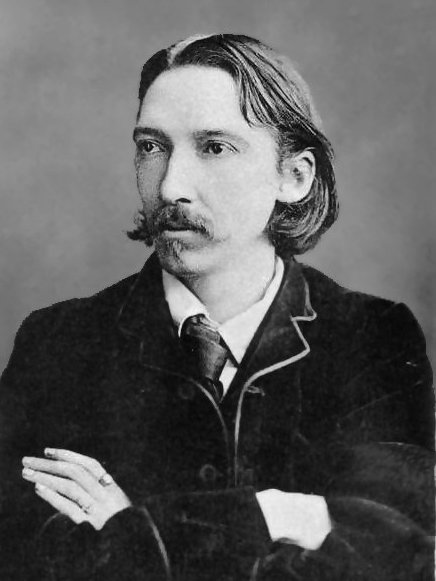
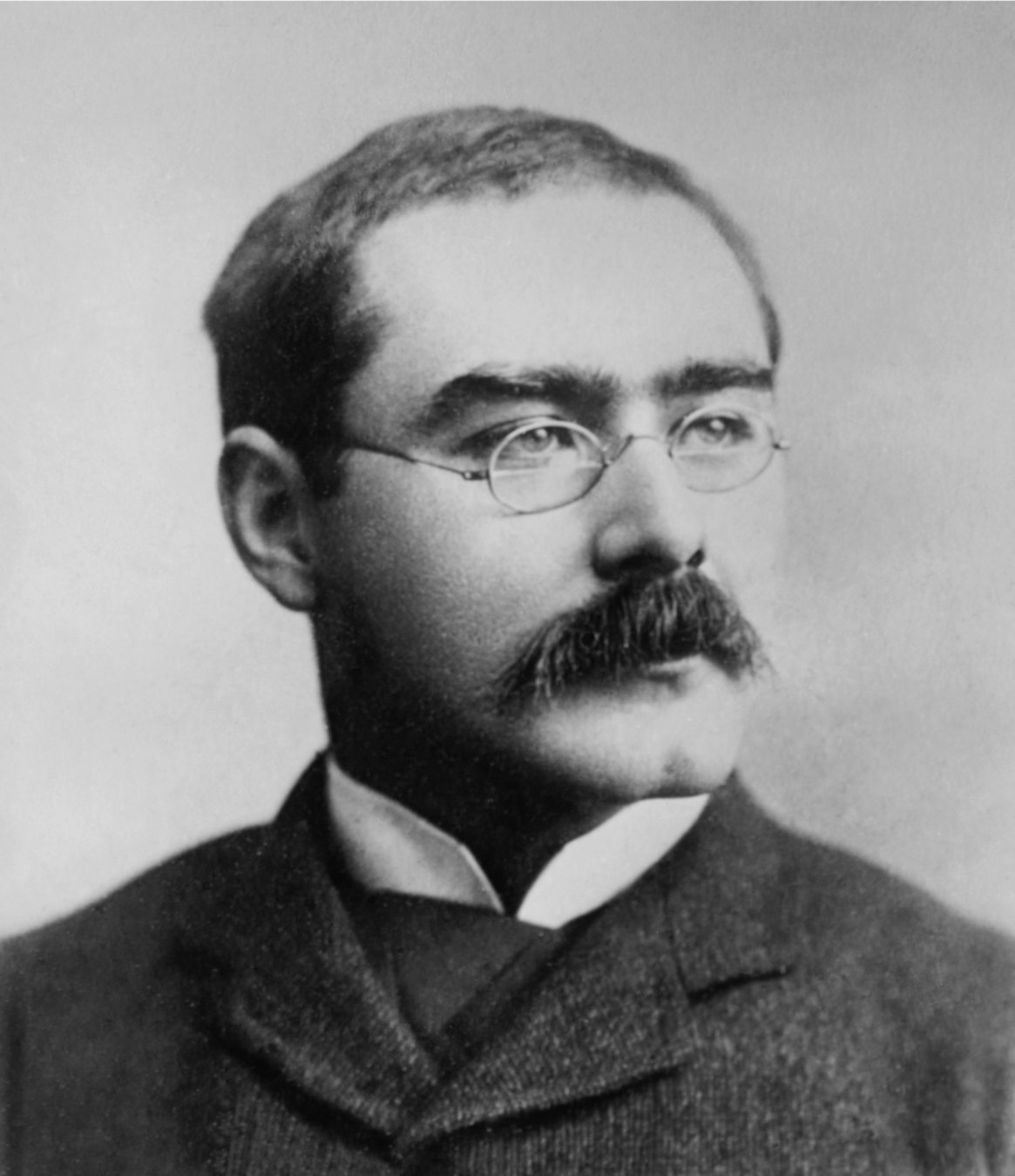
Exalted British Empire
White and English man was superior
XVIII



Women read more than men because they had to spend their time at home.
Not easy to publish: some of them used a male pseudonym
(Mary Ann Evans George Eliot)
Because creative writing was considered masculine
Charlotte and Emily Brontë
Elizabeth Gaskell
George Eliot
Most important female writers
XIX



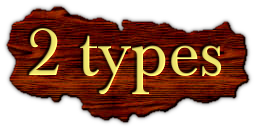

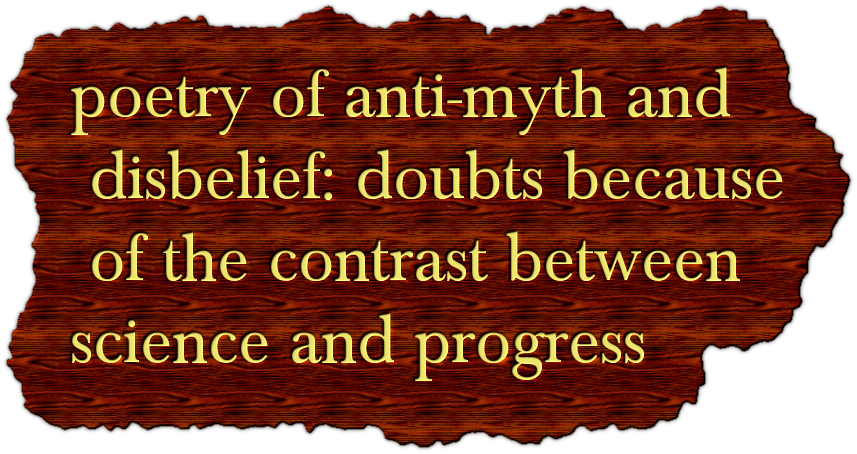


XX

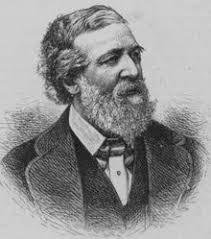
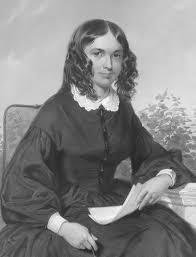
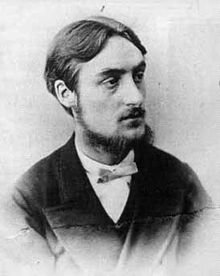
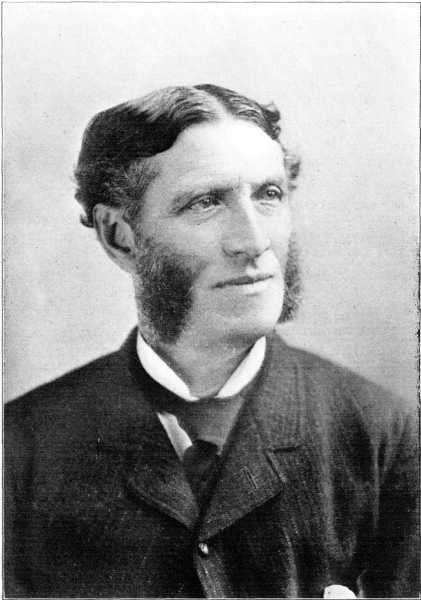

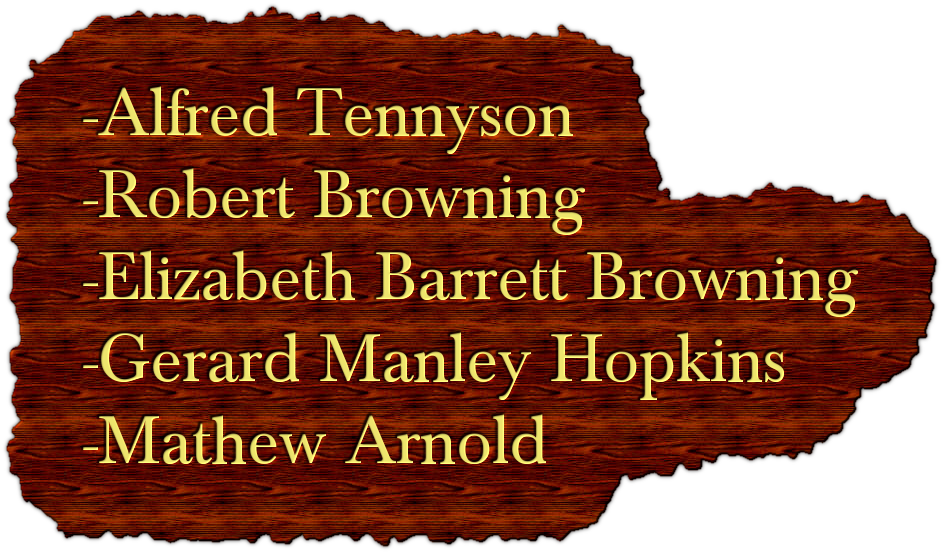
XXI


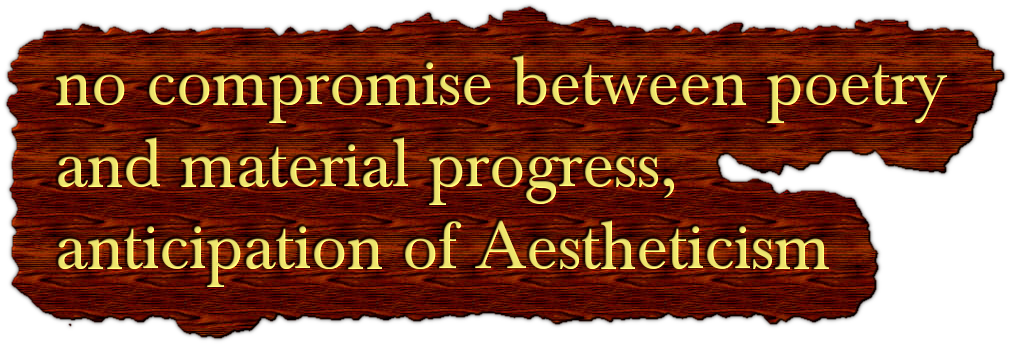
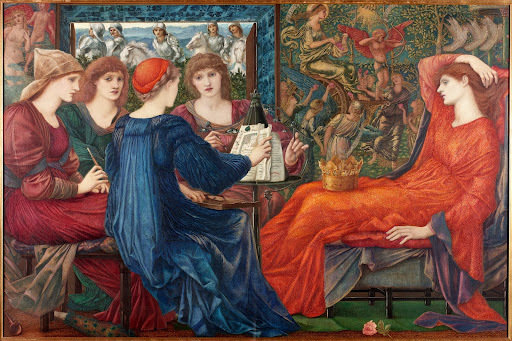
XXII

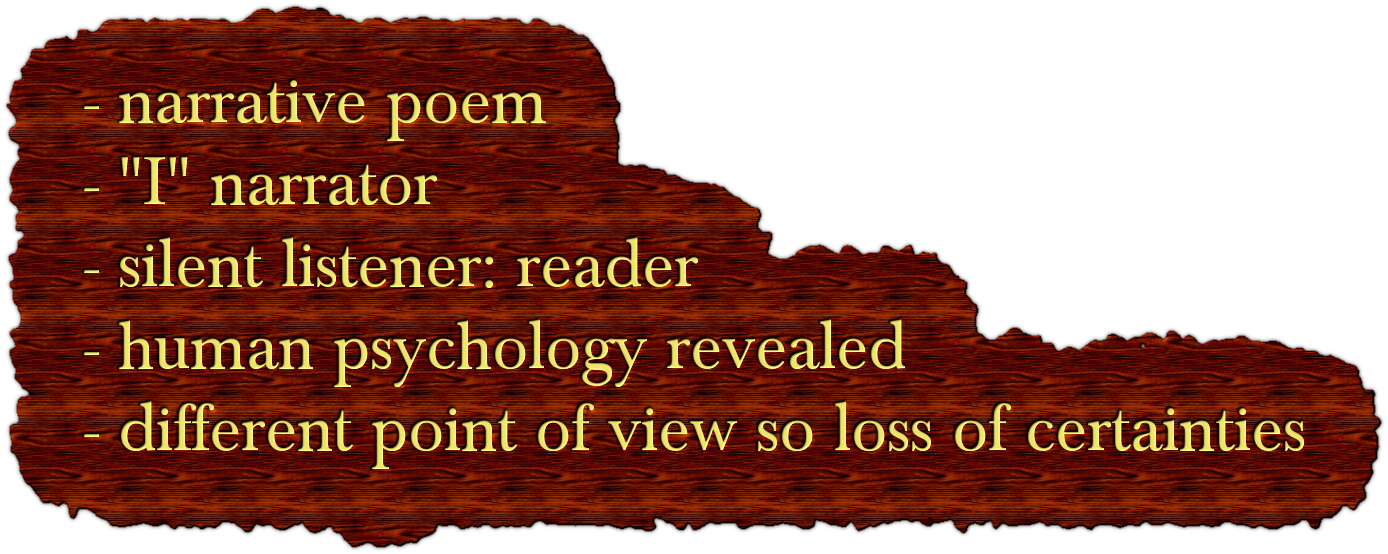
XXIII
- last decades of the 19th century:
- widespread because it reflected the frustration and uncertainty of the artist
- famous motto “Art for Art’s sake”
- one of the major exponents of this period is Oscar Wilde
-
bohemien: emphasis on excess, beauty and art against the monotony of bourgeois life

XXIV

- Moral and aesthetic imperative
- Only “Art as the cult of Beauty” could prevent the murder of the soul
- Beauty has nothing to do with morality
- Art is pretty useless, it goes against Utilitarianism.

XXV
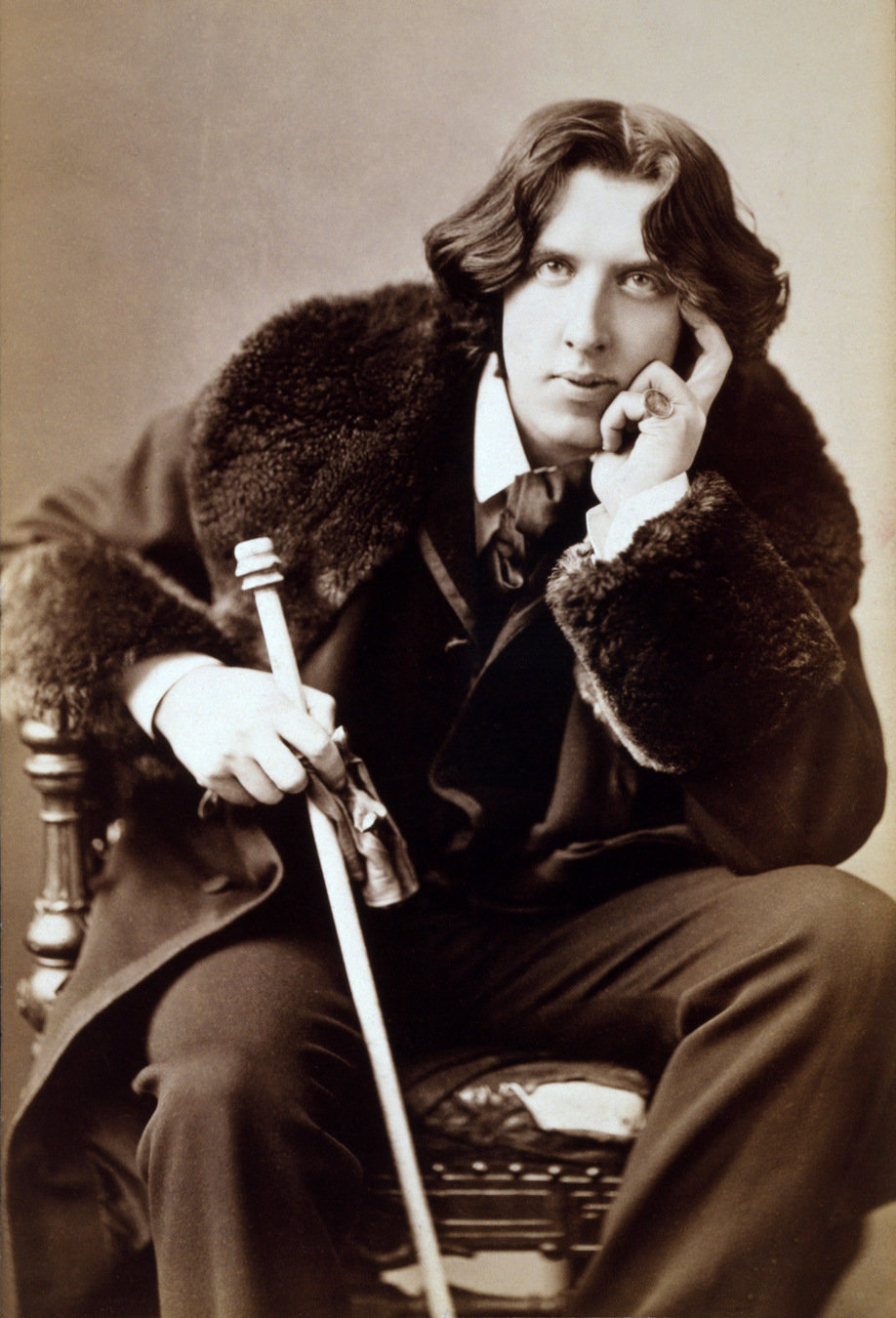
In England imported by Whistler, then Pater (also thanks to the influence of Keats and Ruskin)
-
“Studies in the History of the Renaissance” and “Marius the Epicurean”: successful for the demoralising message
-
for him life was to be lived with art, the artist was seen as the transcriber of the world of his sense

XXVI

- influenced by Pater
-
art has not a didactic aim- influence on Wilde and the Rhymers’ Club
-
features of these works: excessive attention to the self and hedonistic and sensuous attitude
-
the dandy: a person who lives on Beauty and makes his life a work of art
XXVII

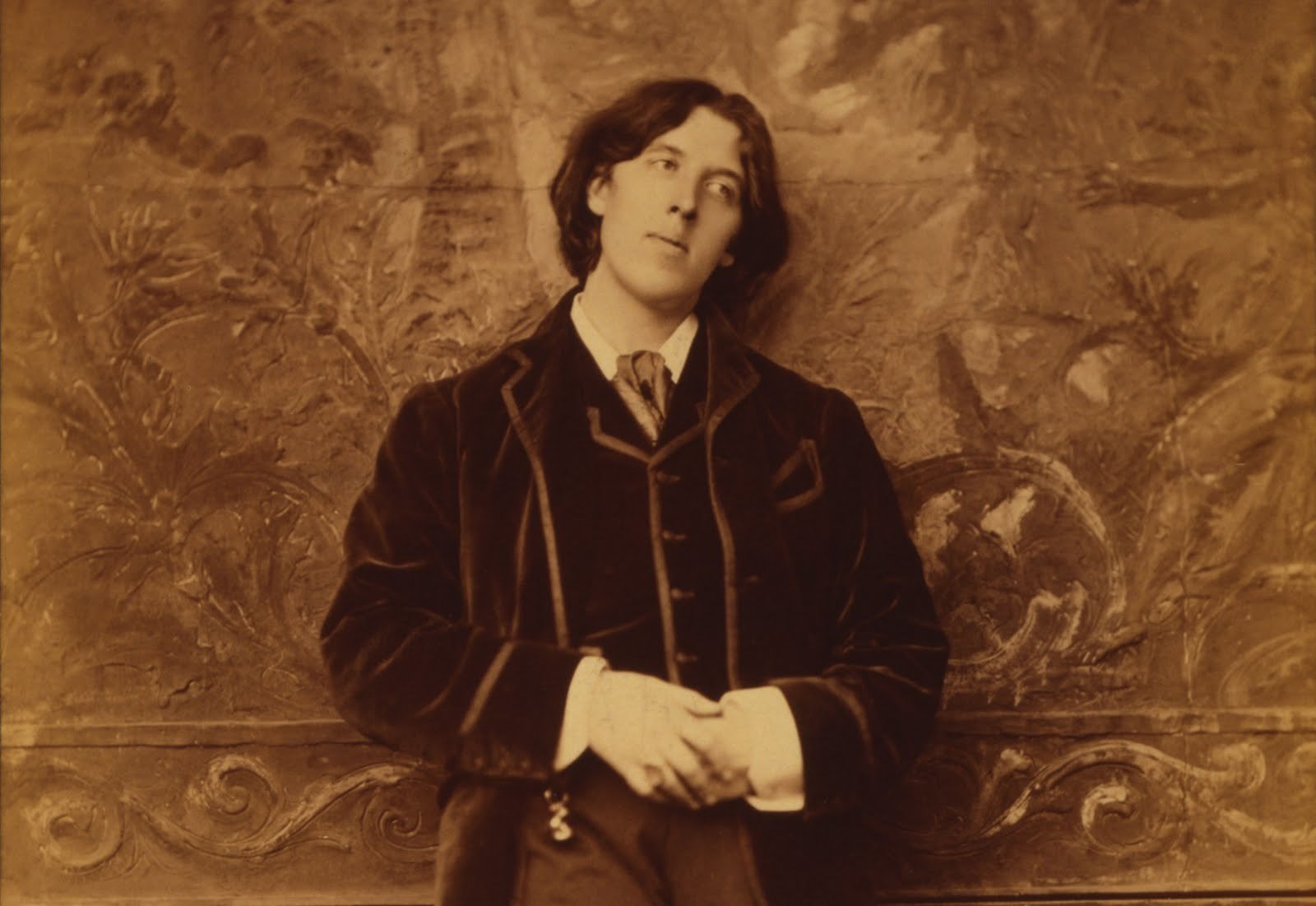





PRESENTAZIONE HISTORICAL CONTEXT
By Andrea Parodi
PRESENTAZIONE HISTORICAL CONTEXT
- 417



